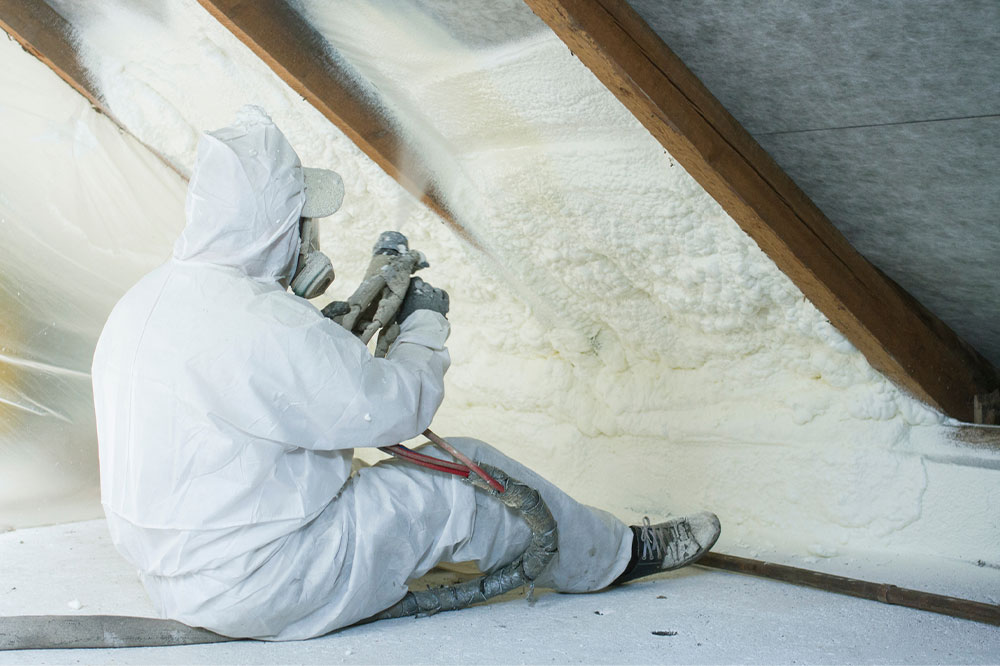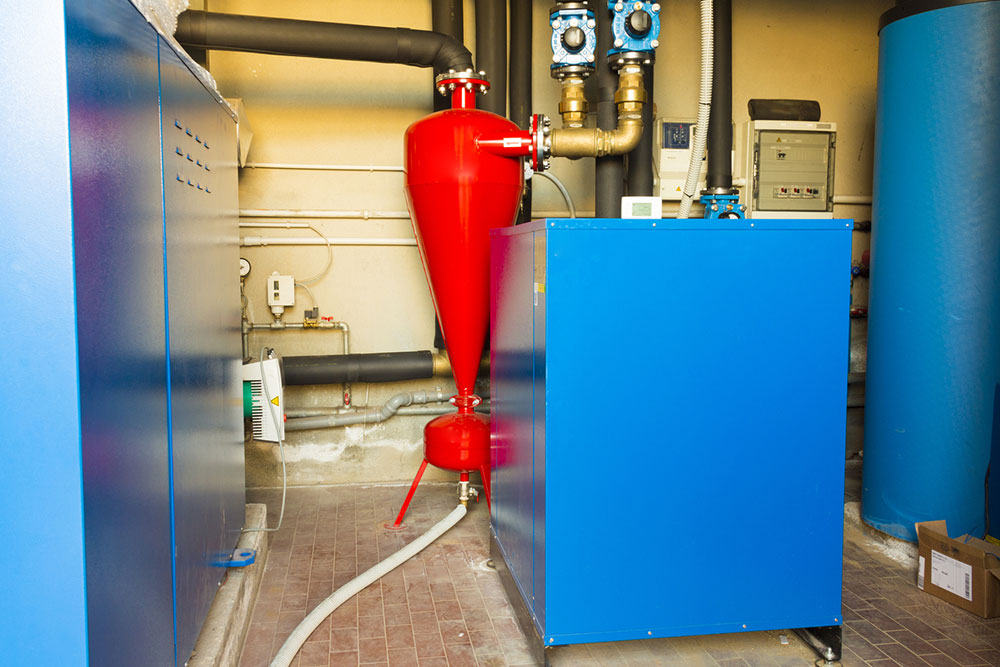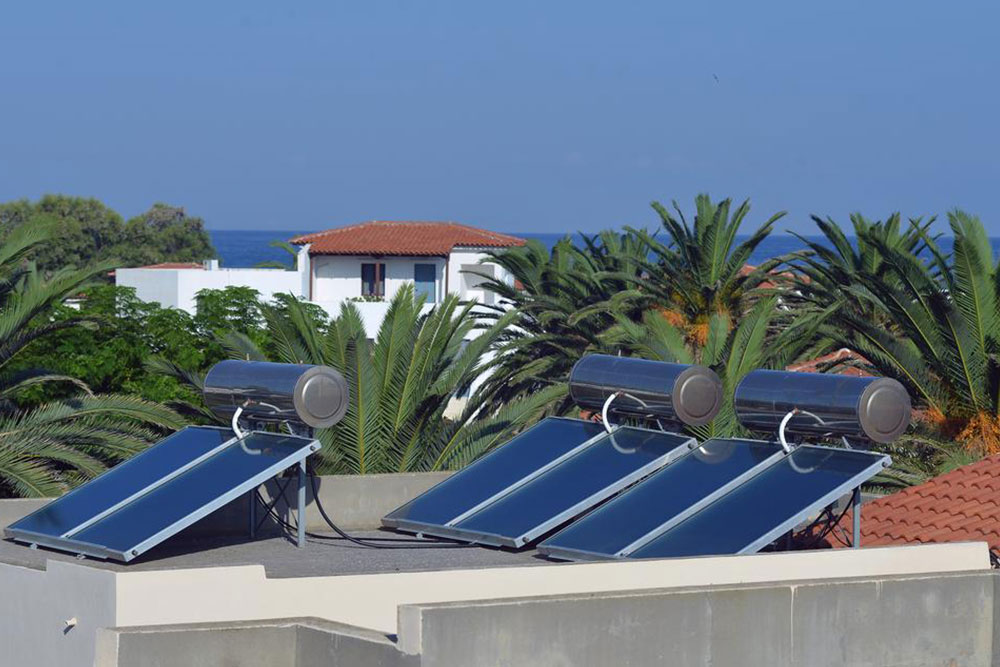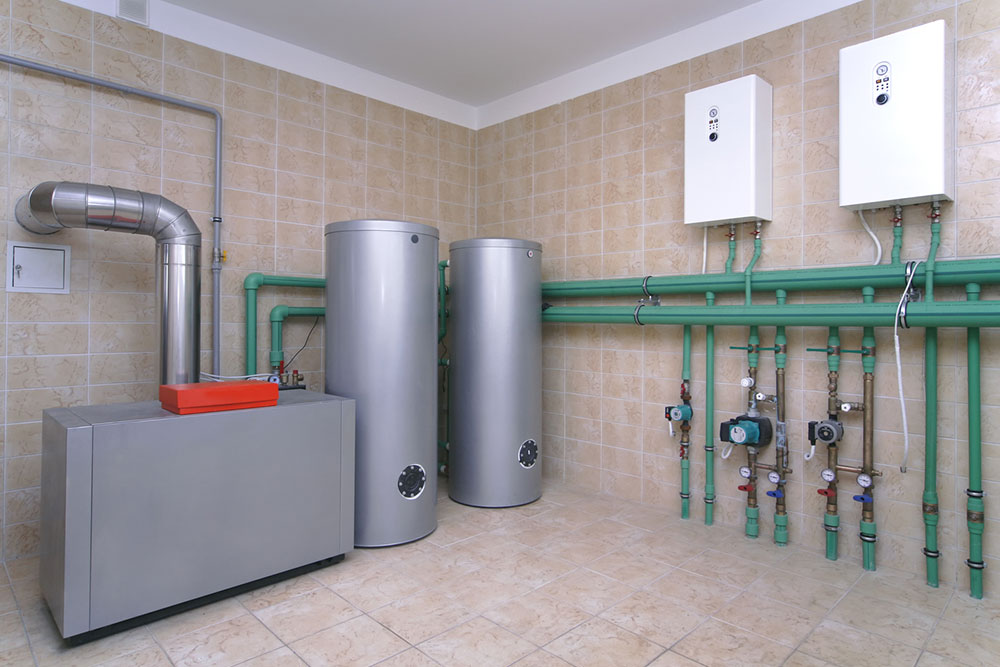Enhanced Energy Conservation in the UK with Spray Foam Insulation
Discover how spray foam insulation can enhance energy efficiency, comfort, and moisture resistance for UK homes and businesses. This guide covers types, benefits, application, and UK-specific considerations, highlighting its role in sustainable building solutions and long-term savings.
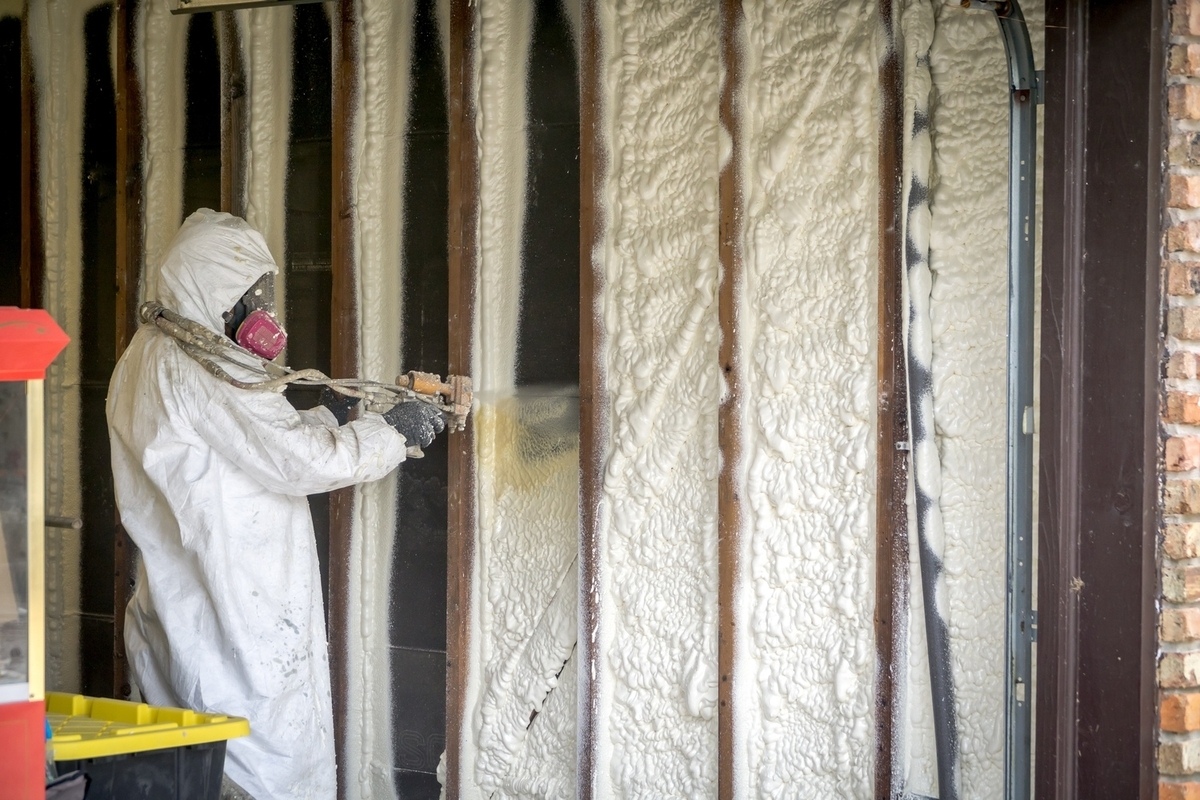
Boosting Energy Efficiency in UK Homes with Spray Foam Insulation
Proper insulation is key to maintaining home comfort and reducing energy costs. Among various options, spray foam insulation is rapidly gaining popularity across the UK for its exceptional thermal performance and versatility. This innovative insulation solution not only improves energy efficiency but also offers benefits like air sealing and moisture resistance, making it ideal for diverse climates and building types. This guide explores what spray foam insulation is, its advantages, application methods, and considerations for UK residences and commercial properties.
What is Spray Foam Insulation?
Spray foam insulation is a polyurethane material that is sprayed onto surfaces as a liquid. It expands rapidly and solidifies to form an effective insulating barrier. Available mainly as open-cell and closed-cell types, it caters to different insulation needs.
Types of Spray Foam Insulation
Open-Cell Foam:
Less dense and flexible, open-cell foam has a porous structure and a lower R-value. It’s suitable for interior walls and ceilings where breathability is important.
Closed-Cell Foam:
Denser and rigid, this type offers higher thermal resistance per inch and acts as a moisture and air barrier, ideal for exterior applications and areas prone to dampness.
Benefits of Spray Foam Insulation
High Thermal Performance:
It provides excellent R-values, reducing heat loss in winter and keeping interiors cooler in summer, leading to lower energy bills.
Air Tightness:
The foam expands upon application, filling gaps, cracks, and leaks, greatly enhancing air sealing inside buildings.
Moisture Resistance:
Particularly the closed-cell type, offers strong resistance to moisture, preventing mold growth and protecting structural integrity.
Durability:
Once installed, spray foam maintains its insulating properties over time, offering long-term cost savings.
Eco-Friendly Attributes:
Its improved energy efficiency reduces carbon emissions, and many formulations are produced sustainably, supporting environmental goals.
Application Process
Preparation:
The area is cleaned and prepped; vapor barriers may be installed depending on the type of foam and building standards.
Application:
Professionals spray the foam onto surfaces, where it expands and adheres firmly.
Curing:
The foam sets quickly, often within hours, after which excess material is trimmed, and finishing touches are applied.
Considerations in the UK
The UK's varied climate, from wet coastal areas to colder inland regions, necessitates insulation solutions with moisture resistance and durability. Closed-cell foam is particularly effective in high-humidity zones.
Building regulations in the UK mandate specific standards for energy efficiency and fire safety, making proper installation by certified professionals essential for compliance. Although initial costs are higher than traditional methods, the energy savings and potential incentives or grants often justify the investment.
Embracing spray foam insulation can significantly reduce energy bills, lower carbon footprints, and improve comfort in UK properties. Its unique properties and longevity make it an excellent choice for sustainable building performance, supporting future-focused solutions in residential and commercial projects.

